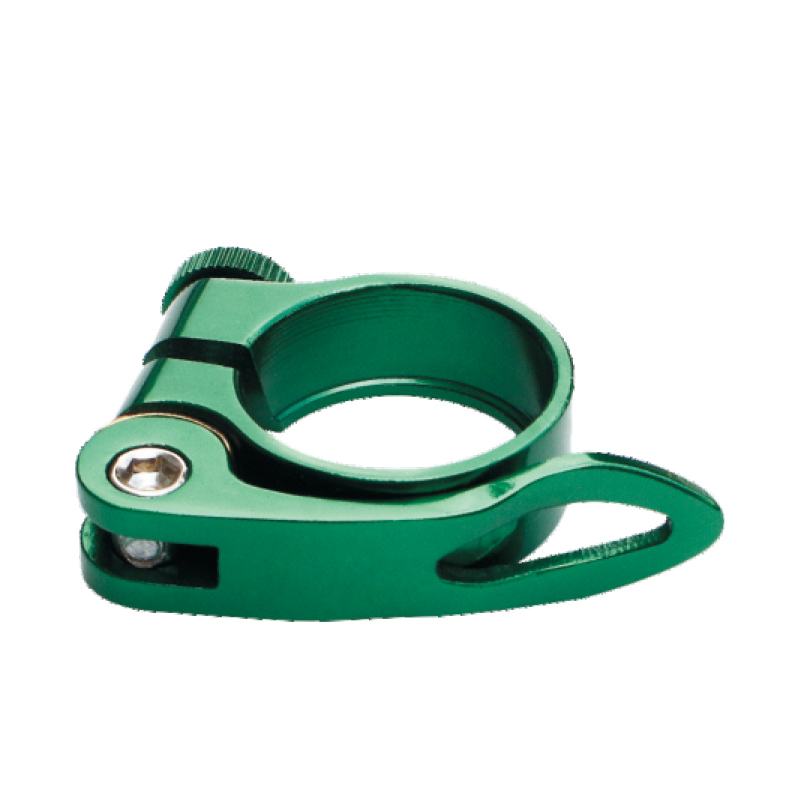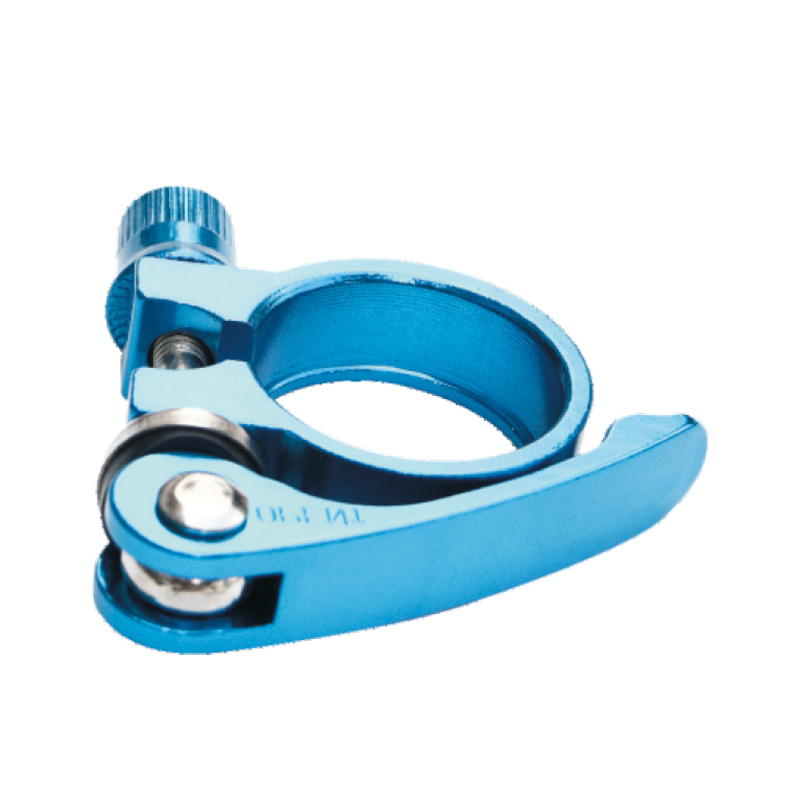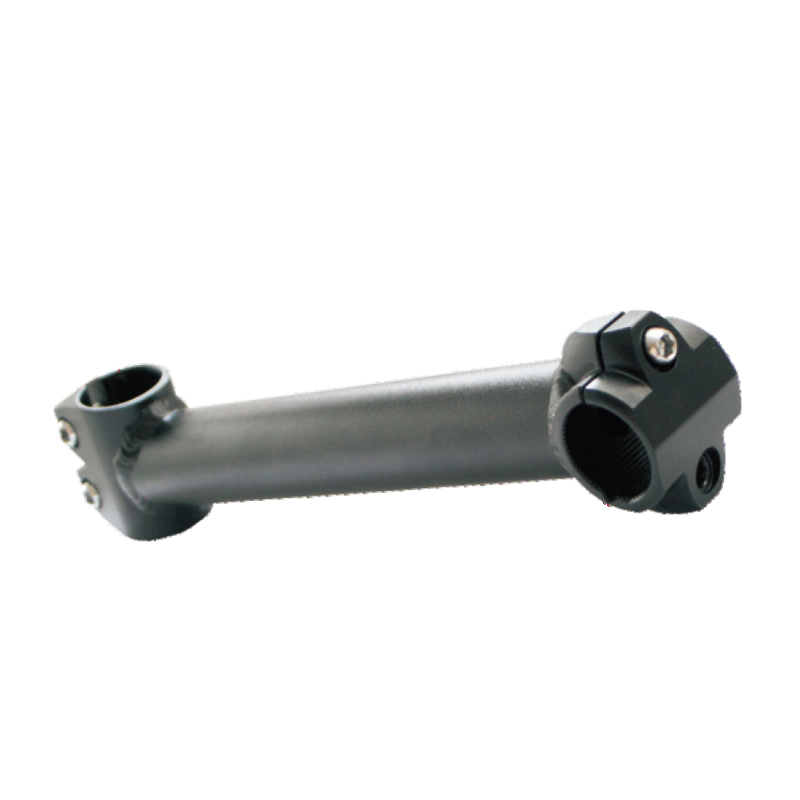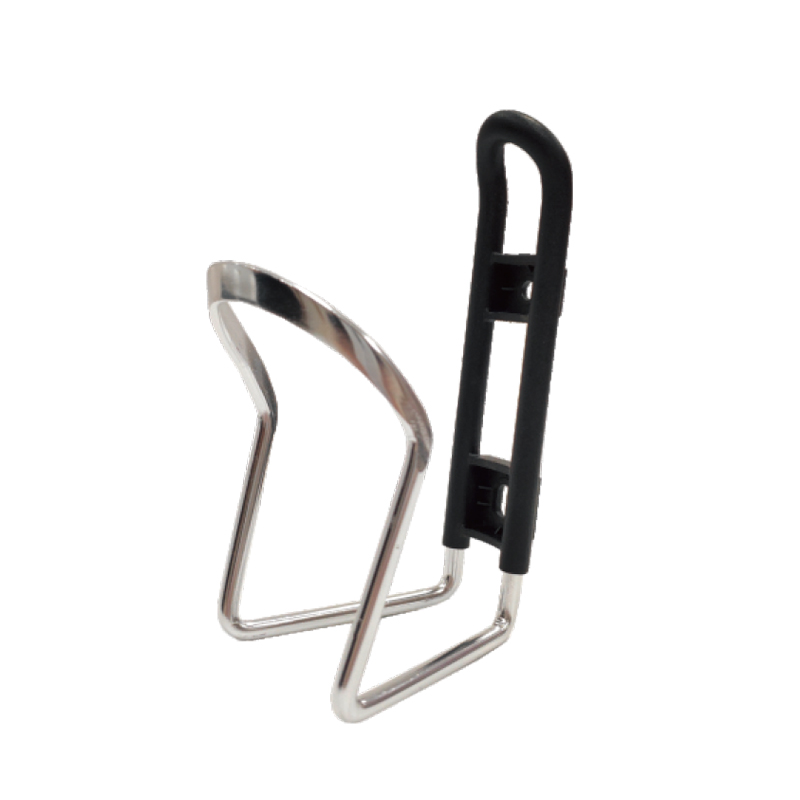Bicycle kickstand design plays a significant role in accessibility for bicycle maintenance and repair. Here are several ways in which the design of a kickstand can impact accessibility:
1.Stability during Maintenance:
Beyond preventing tip-overs, a stable kickstand acts as a foundation for the artistry of bicycle maintenance. It provides a secure base for delicate procedures, such as tuning high-performance gears or adjusting intricate derailleur systems. The assurance of stability encourages technicians to explore nuanced adjustments, thereby enhancing the overall functionality of the bicycle.
2.Easy Wheel Rotation:
The freedom of wheel movement facilitated by a well-designed kickstand transcends mere convenience. It enables mechanics to not only diagnose irregularities but also appreciate the subtleties of the bicycle's mechanics. This freedom is akin to an artist’s canvas, allowing for precise strokes and fine-tuning, ultimately leading to a perfectly balanced, high-performing machine.
3.Frame Accessibility:
A kickstand that provides unimpeded access to the heart of the bike’s mechanics is akin to unlocking a puzzle. It allows technicians to swiftly trace the pathways of cables, ensuring they sit snugly in their grooves, or to inspect pedal rotations without hindrance. This level of accessibility transforms the diagnostic process into a seamless, intuitive experience.
4.Height Adjustability:
The ergonomic implications of adjustable kickstands cannot be overstated. By accommodating varying heights, these kickstands empower mechanics of all statures. This adaptability is akin to a tailor’s adjustable stool, ensuring that every nook and cranny of the bike is within reach. It promotes a comfortable workspace, nurturing a meticulous approach to repairs.
5.Quick Deployment and Retraction:
Think of a quick-deploying kickstand as a skilled performer taking the center stage. Its swift action not only saves precious time but also instills a sense of confidence. This promptness encourages cyclists to halt for minor adjustments, transforming mundane stops into opportunities for meticulous inspections. Such spontaneity fosters a culture of continuous care and attention.
6.Compatibility with Various Terrains:
Much like a seasoned hiker needs adaptable boots for diverse landscapes, a cyclist requires a kickstand that can navigate any terrain. An adaptable kickstand adapts seamlessly to gravel paths, soft grass, or uneven urban surfaces. This adaptability transforms any spot into a potential workshop, ensuring that the bike’s accessibility for maintenance knows no bounds.
7.Durability and Resistance to Wear:
The endurance of a kickstand is akin to the reliability of a trusted companion. Its resistance to wear ensures consistent performance over the years. Cyclists and technicians develop a relationship of trust with a kickstand that endures, relying on it for stability during every maintenance endeavor. This trust becomes the bedrock upon which a culture of meticulous, regular maintenance is built.
8.Integration with Bike Accessories:
Imagine a symphony where every instrument plays in harmony. A kickstand that integrates seamlessly with accessories, such as fenders or racks, becomes an integral part of this orchestration. It ensures that the maintenance process is not fragmented but flows seamlessly, allowing for comprehensive repairs and adjustments without disruptions. This integration elevates the overall accessibility and efficiency of the maintenance process, akin to a well-choreographed performance.
The thoughtfully designed kickstand enhances the accessibility of various maintenance and repair tasks, making it easier for cyclists to keep their bikes in good condition and encouraging regular maintenance practices.
YT-07












